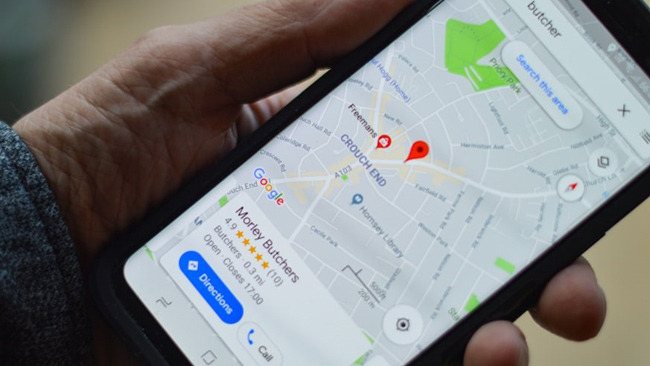If you have a smartphone, you definitely have a location-based app. And we can suppose that not only because today practically everyone uses apps for navigation but because these days a huge number of app developers integrate location-based features into their products to improve the performance of apps, enhance user experience and let business owners provide more personalized and high-quality services.
As we’ve mentioned, not only applications with maps rely on geolocation data. Mobile solutions for food delivery and taxi services, hotel and flight booking systems, dating and eCommerce apps, and many others are also among those that have location-based functionality. It’s worth mentioning that a lot of business apps developed for such industries as retail and logistics also have geolocation as an integral component.
In this article, we are going to provide basic information about the key technologies used for building location-based apps and share some practical recommendations for creating such applications.
Technologies for developing geolocation-based functionality
For ensuring accurate and highly reliable location detection, it is important to use advanced technologies that have already proved to be helpful and efficient.
- GPS. This satellite-powered technology is probably the most well-known one when it comes to geolocation. The work of the Global Positioning System is based on the use of signals set by the network of satellites and ground stations that have an important role in executing control and monitoring. While GPS modules perfectly function outdoors, there can be some issues with detecting the precise location of an object or person indoors.
- Cell ID. This component also occupies a vital position in geolocation thanks to the fact that every device will have its unique cell identification. Even when a mobile phone isn’t sharing any data regarding its location, cell towers can provide at least an approximate location of each device. As a result, no WiFi connection is necessary for detecting the current location of a phone.
- IoT geolocation. Connected devices used in IoT systems can rely on geolocation coordinates for route tracking. Such devices are able to catch signals from smart sensors and collect the received data which can be further applied to detecting the location coordinates of the IoT device.
- Geofencing. This technology that allows us to build virtual boundaries has a wide row of use cases. When you install these virtual boundaries they can define the area where an app should perform some set actions. For example, this functionality can be used for monitoring the location of children or pets. When the app detects that a smartphone or another device with smart sensors is leaving the permitted territory, an authorized user will get a notification.
- iBeacons. These are special sensors with Bluetooth connection that can send a unique signal to an app (or any other receiver).
Map APIs for app development
It is important to understand that when you are creating an application that will use maps, one of the core things that you should do before proceeding to app development is to choose the map API that will be integrated. Today there are a lot of similar services, however, there are a couple of them like Google Maps or OpenStreetMap that are used more often than others.
Actually, your choice should depend on the parameters and requirements of your app.
For example, you should understand the exact role of maps in your app, the necessity to customize them, as well as the projected number of people who will use this app.
Of course, there are no “one-size-fits-all” solutions and each case should be analyzed individually. For example, OpenStreetMap provides a wide scope of possibilities for customization while Google Maps API offers only limited options. At the same time, with Google Maps, your developers will be able to enjoy the benefits of good and detailed documentation while the documentation of OpenStreetMap is its weakness.
Location-based app development: Key tips
Location-based features in apps are gaining popularity and we can even say that they have become a new standard for many types of mobile applications and services. That’s why if you have an idea for such functionality for your solution, it can be just the right time to transform your ideas into a real product.
The right choice of technologies that will be used for building your app is one of the main components of success. Nevertheless, there is also a couple of other things to remember.
Do not forget to conduct preliminary market research and make sure that your idea will stand out from the crowd. And also it is recommended to test an idea with an MPV. MVP development will let you understand whether your app will be able to satisfy the needs of end-users without investing the whole amount at once. If you see that something is wrong with your idea, you will be able to introduce the necessary changes and save your money.




James
Interesting article. I had never thought about that issue from that perspective before. I’ll definitely be keeping an eye out for more of your posts in the future.
Duane G. Dye
Good work, Thank you for your informative post.